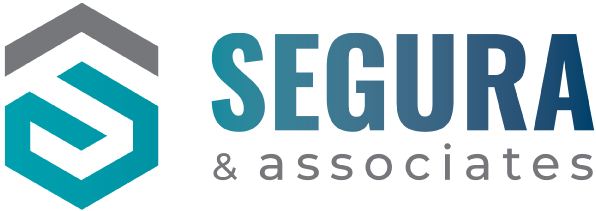When an emergency arises in a facility that does not have an effective budget in place, severe repercussions may follow. The first sign of trouble comes when the Facility Manager must pull funds from an operating or capital improvement account to address the emergency.
This can set off a chain of unfortunate reactions. Pulling from the operating account typically means that down the road, often in a few short months, those funds will need to be replenished.
The Facility Manager may be forced to pull even more money from a capital improvement account to cover the operating expenses, and that in turn could delay building improvements. If building improvements are delayed too long, it can harm tenant satisfaction, and we all know what can happen next.
To stop this downward spiral before it starts, Facility Managers must establish a realistic, sustainable budget. Here are seven tips for creating an effective facility management budget:
- Evaluate current facility conditions. Walk through your facility with “fresh eyes.” Record which areas of the facility are likely to need repair or replacement in the next 12, 24, and 36 months, along with how much this will likely cost.
- After the walk-through, create a planned maintenance budget based on the findings. Set aside a specific amount each month to ensure you can cover planned maintenance. Consider creating a separate bank account for these funds as well as each of the budget programs we discuss next. When it is time to repair or replace items, pull funds from this account.
- Create one budget to cover expected operating costs and a second “reactive budget.” The funds set aside for the reactive budget are only to be used to address unexpected issues or emergencies.
- Know where your money is going. Always include procurement costs in the operating budget. This covers products and services that will likely be needed during the year. Also, take into account what is called “indirect spend.” Indirect spend refers to procurement costs for smaller purchases that are not subject to approval. Studies indicate that these indirect spend costs can become significant very fast.
- Conduct a product audit to determine which products used in the facility are the most effective and cost-effective products. Often different products used for the same or similar purpose are purchased automatically without determining which are the best performing at the best price. The audit will help uncover this information, which can help lower procurement costs.
- Research service providers in advance so you know whom to call and what services will be needed in a crisis. In an emergency, when there is often confusion and facility assets are in danger, having this information at hand is not only a time saver, but it can also get assistance where it is needed far quicker, helping to address a situation before it becomes more serious and more costly. Further, if you research in advance, youaren’t as likely to take the first bid,which often is not the best price for the needed service.
- Use a Computerized Maintenance Management System (CMMS) to help keep you organized. These programs are based on software-as-a-service (SaaS) platforms. They are adaptable to different facility needs and can help Facility Managers plan ahead to address preventive maintenance issues.
Ron Segura has over 45 years of experience in all segments of the professional cleaning industry including ten years as Manager of Janitorial Operations for Walt Disney Pictures and Television. To contact him, call 650-315-8933.

